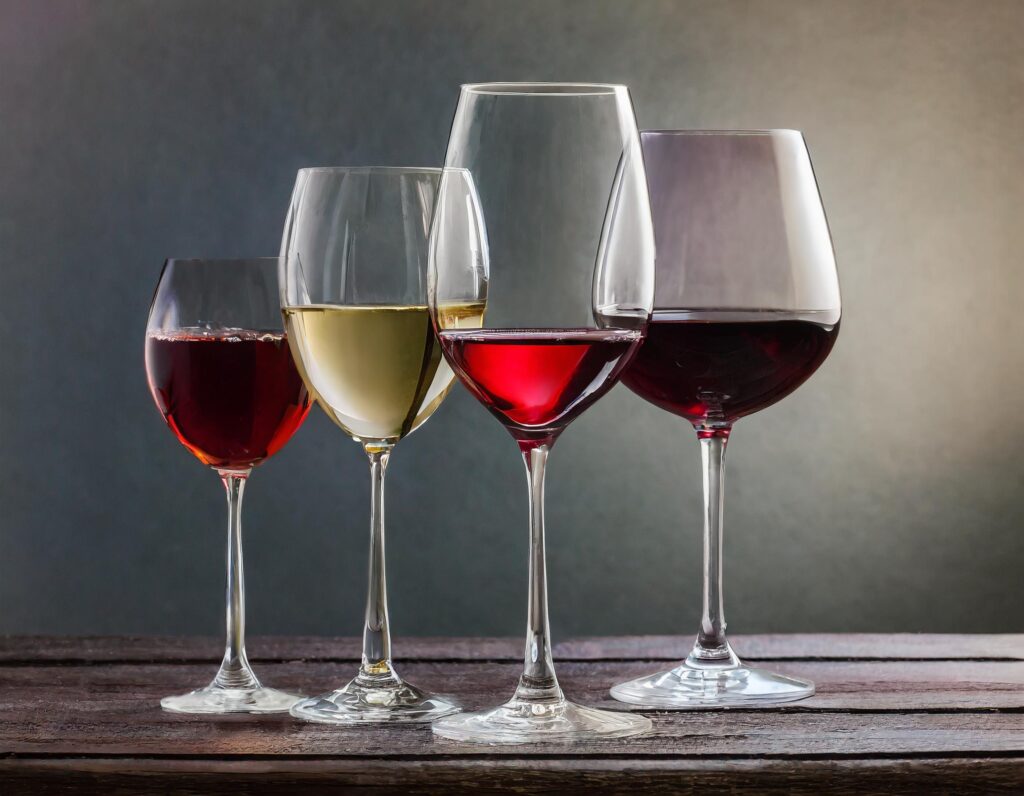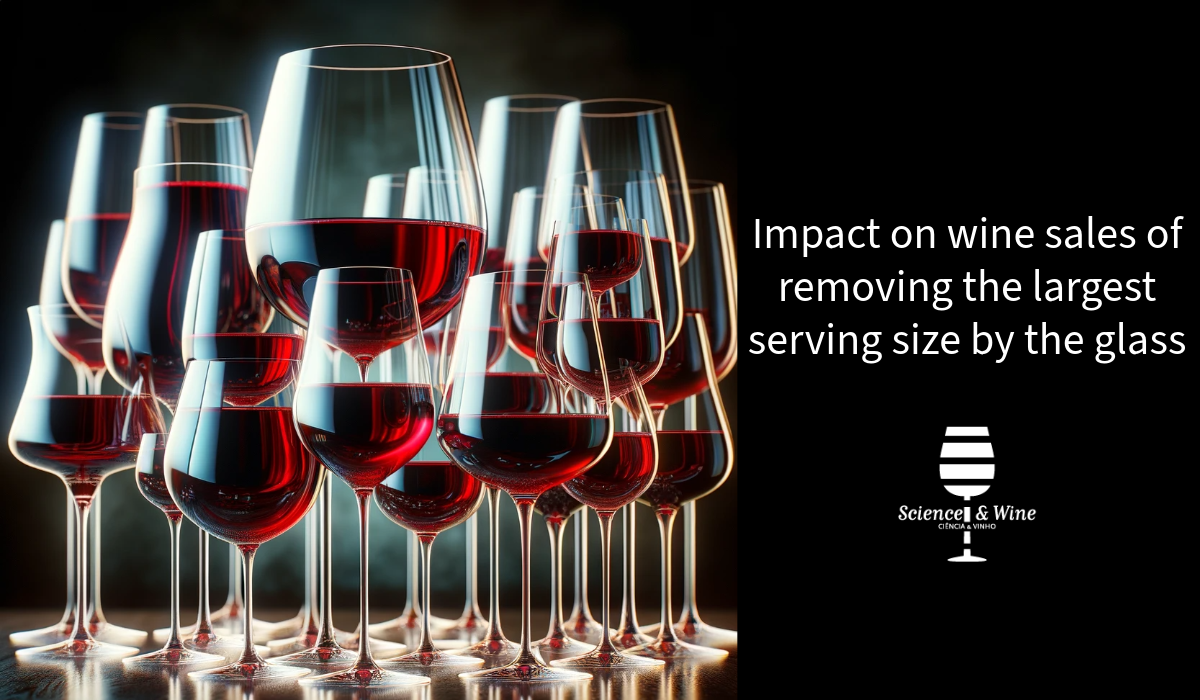Introduction
Alcohol consumption is the fifth largest contributor to premature death and disease globally [1]. In 2016, it was estimated to have caused approximately 3 million deaths worldwide and was responsible for 5.1% of the global burden of disease [2]. Reducing alcohol consumption across populations is a global public health priority [3]. This is reflected in the World Health Organization’s (WHO) SAFER initiative (https://www.who.int/initiatives/SAFER), launched in 2018 with the aim of helping governments reduce harmful alcohol consumption and its related consequences [4]. This global priority is also reflected in WHO Europe’s recent decision to commit all member states to a comprehensive plan for accelerating action on reducing alcohol consumption across the continent [5].
Many cues in physical and economic environments influence alcohol consumption across populations. These include advertising, marketing [6–9], product labelling [10–12], the availability of alcohol [13–17], and price [18,19]. Interventions, therefore, that target cues in physical and economic environments have significant potential, based on indirect evidence, to exert effects scalable to populations [20,21]. Most of the focus to date has been on interventions that increase the price of alcoholic drinks, and control their marketing and licensing [22,23]. Although these interventions are effective at reducing consumption across populations, more interventions are needed to reduce consumption further. One set of promising interventions involves reducing the portion or serving sizes of products that harm health. When presented with smaller portions, packages, or related tableware, such as plates or glasses, people consume less [24]. While a small minority of people use smaller serving sizes to regulate their alcohol consumption [25], this well-documented “portion size effect” for food has—until recently—been neglected as a focus of study in relation to alcoholic drinks and its potential as an alcohol control policy.

Reducing the size of containers, including the glasses and bottles in which alcohol is packaged and served has the potential to reduce alcohol consumption. Larger 370 ml wine glasses increased the volume of wine sold, and therefore consumed, compared to 300 ml glasses in restaurants by approximately 7% [26], while in homes, smaller 290 ml wine glasses reduced the amount of wine drunk by around 6·5% compared with 350 ml glasses [27]. Bottle size may also influence alcohol consumption. Drinking wine at home from 50 cl bottles, compared with 75 cl bottles, reduced the amount consumed by 4·5% [28]. In a subsequent study assessing drinking at home from 37·5 cl compared with 75 cl bottles, a smaller and less certain reduction of 3·6% was observed [27].
Reducing the serving sizes of alcoholic drinks available in licensed premises could also reduce consumption. Two studies, 1 conducted in a laboratory and 1 in a semi-naturalistic context of a pub in which drinks were served in sizes predetermined by the researchers, found a reduction in alcohol consumed on a single occasion when serving sizes were smaller [29]. In the first of these, participants were randomised to 1 of 2 groups and served either larger serving sizes of cider (460 ml), lager (460 ml) or wine (165 ml), or smaller serving sizes (cider/lager: 345 ml; wine: 125 ml). Alcohol consumption was 20% lower in the group served small sizes. In the second study, participants were recruited to the study to attend 1 of 4 quiz nights during which they were randomised either to the offer of pints (568 ml) of beer/cider and 175 ml glasses of wine, or to the offer of serving sizes reduced by 33%, i.e., 2/3 pints (379 ml) for beer/cider and 125 ml for wine. Sales were reduced by 28% when serving sizes were smaller. However, the impact of offering reduced serving sizes has yet to be evaluated in real-world settings.
The current study is the first to our knowledge to be conducted in a real-world field setting of licensed premises operating commercially. The study targeted wine consumption, given wine is the most commonly drunk alcoholic beverage in Europe, including the United Kingdom, where over a third of the population prefers wine over other alcoholic beverages, such as beer [30]. It was designed to estimate the impact on the volume of wine sold of removing the largest serving size by the glass from the options available. We hypothesised that removing the largest available serving of wine by the glass would reduce the volume of wine sold.
The secondary aims of the study were to assess the impact of the intervention on: (i) the volume of wine sold in different serving sizes, in order to explore the serving sizes of choice in the absence of the largest serving of wine by the glass; (ii) the volume of beer and cider sold, in order to assess whether the absence of the largest serving of wine led to a shift in beer and cider consumption; and (iii) total revenue, to explore whether removal of the largest serving of wine had an impact on earnings.
Methods
This study, approved by the University of Cambridge Psychology Research Ethics Committee, investigated the impact of reducing wine serving sizes in pubs, bars, and restaurants in England. It employed an A-B-A treatment reversal design over three consecutive four-week periods, alternating between non-intervention periods and an intervention period, where the largest available wine serving size was removed from sale.
Participation included 21 licensed premises, predominantly pubs located in London and in poorer areas. These establishments had to meet specific criteria, including selling wine by the glass in various sizes and having an electronic point of sale (EPOS) system. The study was considered preliminary due to its low statistical power, with only 21 premises participating instead of the initially needed 85.
During the intervention, premises reduced their range of wine glass sizes by removing the largest serving (either 250 ml or 175 ml), while always offering a 125 ml serving, in accordance with current alcohol sale regulations. The study measured daily wine sales volume and other beverage sales, as well as daily revenue.
Data were collected from September 2021 to May 2022, and the premises were financially compensated for their participation. The data analysis was conducted using advanced statistical models, taking into account variables such as daily temperature, special events, and total revenue. Primary and secondary analyses assessed the sales volume of wine and other drinks, as well as revenue.
Discussion
Removing the largest serving size of wine by the glass from the range of options available in licensed premises, after controlling for other factors, reduced the volume of wine sold by 7·6%. Sales of the smaller serving sizes of wine by the glass—125 ml and 175 ml—were increased. There was no evidence of a change in sales of wine by the bottle and sales of beer and cider or a change in daily revenues but the study was not powered to detect differences in these outcomes.

Findings in context
Removing the largest serving size of wine by the glass in licensed premises had the hypothesised effect of reducing the volume of wine sold. This is in keeping with the wealth of literature assessing the impact of smaller serving sizes on food consumption [24] and the very limited literature on alcohol consumption, comprising 2 studies conducted in semi-naturalistic contexts [29].
The results of the current study suggest that when the largest serving size of wine by the glass (typically 250 ml) was not available, people shifted towards the smaller options (125 ml and 175 ml) and neither drank the equivalent amount of wine nor more, for example, by opting to buy wine by the carafe or bottle. The increase in sales was slightly larger for 125 ml servings compared to 175 ml serving. Given that in most premises the largest serving was 250 ml, this implies that people did not automatically choose the next available size (175 ml). It is not clear why this was the case. One possibility is that when customers who had planned to drink a large glass of wine (250 ml) were told it was not available, they planned to drink two 125 ml services but stopped after one. People have the tendency to consume a specific number of “units” (e.g., number of glasses or bottles, number of cookies or slices of cake), regardless of portion or package size [35]. This helps explain why smaller serving sizes reduce alcohol consumption: people tend to order a pre-set number of glasses, and with less alcohol in each glass they drink less overall.
The current study found no evidence that the intervention affected beer and cider sales, suggesting people did not compensate for their reduced wine consumption by drinking more of these alcoholic drinks. Importantly, there was also no evidence that the intervention affected total daily revenues, implying that participating licensed premises did not lose money as a result of removing the largest serving size for glasses of wine. This might reflect the pricing of glasses of wine, with 125 ml servings usually having a higher profit margin than 250 ml glasses [36]. Important to note is that the study was not powered to provide statistically meaningful data on secondary outcomes.
Strengths and limitations
To our knowledge, this is the first study to estimate the impact on sales—a proxy for consumption—of removing the largest serving of sizes of alcoholic drinks in pubs, bars, and restaurants. Further strengths include features of the design that reduce the risk of bias, including the use of objective measures to assess the primary and secondary outcomes, i.e., electronic records of sales, as well as the large number of participating premises and the high retention rate.
The study has several limitations. First, due to the complexity of the sales reports provided by participating premises, it was not possible to assess the sales of all alcoholic drinks. While we could reliably assess sales of wines, beers, and ciders—estimated to make up more than 70% of alcoholic drinks in licensed premises in the UK [32]—we were unable to assess sales of spirits or cocktails. It is not known, therefore, whether people compensated for reduced wine consumption by drinking more of these other alcoholic drinks. It is also not known whether customers compensated for the reduced serving sizes by drinking wines higher in % alcohol by volume (ABV). This possibility, however, is minimal given that there were very small variations in the % ABV of wines sold by premises, ranging from 12% to 14%, information very rarely mentioned in wine lists anyway. Also, wine lists did not change during the study and none of the premise managers interviewed at the end of the study mentioned any changes in the drinking patterns of their customers during the intervention period relating to wine strength. Second, we were also unable to control for the number of patrons visiting the premises during each study period, to assess whether differences in sales could be attributed to differences in how busy premises were. We attempted to take this into consideration by using total revenue as a proxy measure of busyness. Third, the majority of premises were in London and constituted a small proportion of those approached, which potentially restricts the generalisability of the findings. Fourth, the study used an A-B-A reversal design, which has a higher risk of bias than an experimental design, although the analyses accounted for notable events including public holidays and temperature fluctuations, which may have confounded the effects. Fifth, although outcomes were assessed using objective measures, they concerned sales rather than actual consumption. Measuring consumption directly at scale in these kinds of real-world settings is not feasible. Sales are, however, a valid—as well as practicable—proxy for consumption [37] and are commonly used in behavioural research [38–40]. Finally, the impact of removing the largest serving size of wine was assessed only during a four-week period. Whether observed effects are sustained over time remains to be assessed in future research.

Implications for research and policy
Although the intervention resulted in a relatively small reduction in the volume of wine sold by each premises (7.6% or 421 ml per day, equivalent to approximately 4 standard drinks or 5 units per premises), given that no level of alcohol consumption is currently considered safe for health with even light and moderate consumption contributing to the development of many cancers [41], such a reduction could meaningfully contribute to population health. In England, legal serving sizes of wine by the glass are 125 ml, 175 ml, and multiple of these sizes [42]. It is a requirement that the smallest size—125 ml—is offered to customers but there is no restriction on the largest serving size that can be offered. Restricting the sale of the largest serving of wine by the glass (250 ml) in licensed premises—similarly to the ban proposed by the mayor of New York City in 2012 on serving sizes of sugary drinks larger than 16 ounces [43]—could contribute to policies for reducing alcohol consumption at the population level and merits consideration as part of alcohol licensing regulations.
This is the first study to assess the impact of this intervention. The findings, therefore, require replication in future studies. If effects are replicated, it would strengthen the case for a such consideration.
It is unknown whether similar effects would result from removing the largest serving size for other types of alcoholic drinks including beer, as no real-world studies assessing this exist. We attempted to conduct such a study to estimate the impact of removing the largest serving size for beer—usually a pint (568 ml)—and replacing it with a two-thirds measure, but were unable to find any pubs, bars, or restaurants willing to do this from almost 2,000 contacted. This likely reflects that the pint has been the customary serving size for beer in the UK for centuries [44]. In contrast, it was not until relatively recently that licensed premises started serving 250 ml glasses of wine. Smaller glasses containing 125 ml wine were once considered the standard size for serving wine by the glass [45]. In the UK, this default has now been replaced with the 175 ml measure. The size of wine glasses has also increased in recent years, almost doubling in the last thirty years [46], and likely contributing to an increase in wine consumption [26].
Regulating serving sizes in licensed premises could help shift social norms for what constitutes an appropriate serving size [47], both for consumption out of the home, such as in pubs and bars, and for consumption at homes where most drinking occurs [48]. This possible indirect effect of the intervention awaits study. Whether regulating serving sizes interacts with existing alcohol controls concerning the pricing, marketing, and licensing regulations [22,23]—also awaits study.
Interventions that reduce serving or package sizes are generally less supported by the public than information-based interventions, such as health warning labels [49–51]. In the current study, managers reported receiving few complaints from customers when the largest serving size was removed (4/21 premises reported receiving some complaints). Although the intervention would potentially be acceptable to premises’ managers given there is no evidence that it can result in a loss in sales, were it to be implemented as part of alcohol control policies it would likely lead to opposition from the alcohol industry, given its potential to reduce sales of targeted drinks [52]. The impact of such opposition on policy-makers will in part be modified by the level of public support for the intervention [53,54]. Public support for this and indeed a range of policies in health and other domains is sensitive to evidence of the policy’s effectiveness [55,56]. Communicating the effectiveness of a policy to achieve a valued outcome increases its public support. While we are unaware of any studies examining this in the context of alcohol serving sizes, a policy that increased the price of alcohol by introducing a minimum unit price of £1 was supported by 63% of a representative sample of the English population when informed of its effectiveness at reducing crime and hospital admissions, compared with 43% when not given this information [57]. Research is needed to explore the acceptability of sizing interventions for reducing alcohol consumption, as well as methods for increasing low levels of public support.
Conclusion
Removing the largest serving of wine by the glass from the range of options available in licensed premises reduced the volume of wine sold. This suggests this is a promising intervention for decreasing alcohol consumption across populations, which merits consideration as part of alcohol licensing regulations.
Read more at: Mantzari, E., Ventsel, M., Pechey, E., Lee, I., Pilling, M. A., Hollands, G. J., & Marteau, T. M.. (2024). Impact on wine sales of removing the largest serving size by the glass: An A-B-A reversal trial in 21 pubs, bars, and restaurants in England. PLOS Medicine, 21(1), e1004313. https://doi.org/10.1371/journal.pmed.1004313

